Why less is more when it comes to the number of graphene layers
A nanomaterial should per definition have fewer than 10 atom layers, and the true performance of graphene materials is best realized when it's below 3-5 layers. In the context of graphene, less truly is more in terms of performance.
When reduced to fewer than 10 atomic layers, certain nanomaterials exhibit transformative properties. For example, gold shifts from its iconic golden hue to red, orange, or even blue when its atomic cluster is between 1 to 3 layers, showcasing the unique characteristics akin to colloidal gold. In fact, ancient Roman artists unknowingly made use of nanotechnology in the colouring of their artwork by mixing silver and gold nanoparticles, as shown in this picture.
Lycurgus Cup coloured with gold and silver nanoparticles
The number of layers in graphene and graphene oxide (GO) can significantly influence their electronic, mechanical, optical, and chemical properties. Here's why the number of layers—and specifically a single layer—is considered so important:
Electronic Properties: Graphene, as single layer of carbon atoms arranged in a hexagonal lattice, exhibits remarkable electronic properties such as an extremely high electron mobility. As you start stacking more graphene layers, the electronic properties start to resemble those of graphite (from which graphene can be derived) and the material loses its unique electronic character. In essence, multi-layer graphene all have electronic behaviors that differ from few-layer and monolayer graphene.
Surface Area: One of the major advantages of graphene and GO is their exceptionally high surface area (around 2630 m^2/g for monolayer graphene). This makes them extremely useful in applications like sensors, catalysis, and energy storage (e.g., supercapacitors) where high surface area can lead to enhanced performance. As the number of layers increases, the effective surface area available for interactions or reactions decreases.
Mechanical Properties: Monolayer graphene is one of the strongest materials known, with a tensile strength of around 130 GPa. While multi-layer graphene is still strong, the mechanical integrity can differ from the monolayer due to potential slippage between layers.
Optical Properties: Single-layer graphene has a unique optical property where it absorbs about 2.3% of visible light, a characteristic that can be used for various optoelectronic applications. As you stack more layers, light absorption increases, changing its optical behavior and losing transparency.
Chemical Properties and Reactivity: Graphene oxide is often used as a precursor to produce other graphene-based materials. A single layer of GO can be more easily functionalized or reduced compared to multi-layer GO because of easier accessibility of reactive sites.
Barrier Properties: Single-layer graphene has demonstrated its potential as an impermeable membrane to standard gases, meaning not even helium can penetrate it. This property can be crucial for a range of applications including protective coatings, filtration, and notably, as a membrane to store volatile substances like hydrogen. Given the momentum towards a hydrogen-based economy in Europe, harnessing graphene's unique barrier capabilities could play a pivotal role in the storage and transportation of hydrogen fuel, thus further propelling the shift towards sustainable energy solutions.
Flexibility and Conformability: For applications like flexible electronics, a single layer or few-layer graphene can offer better flexibility and conformability than multi-layer graphene.
That said, it's essential to note that not all applications require single-layer graphene or GO. For some applications, few-layer graphene can offer a balance between performance and ease of production. In any case, controlling the number of layers is crucial because it can significantly influence the resulting material's properties.
In LayerOne we analyse our materials to verify the quality
Results of AFM analysis of 0.02 wt. % dispersion of Graphene Oxide in DI water (conductivity <0.5 µS/cm), probe sonicated for 60 minutes.
Atomic Force Microscopy (AFM) Image: A visual representation of very few-layer graphene oxide
A quantitative insight into the topographical variations and characteristics of the graphene oxide as captured by AFM.



